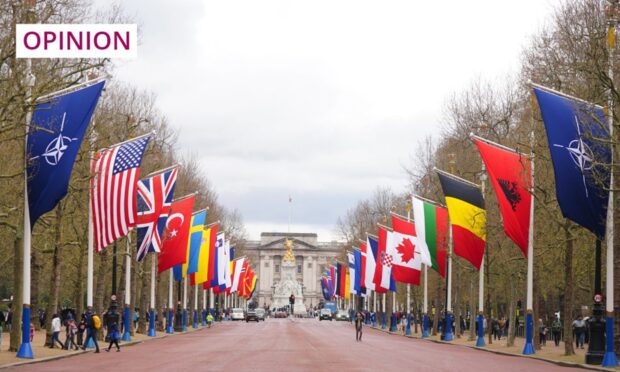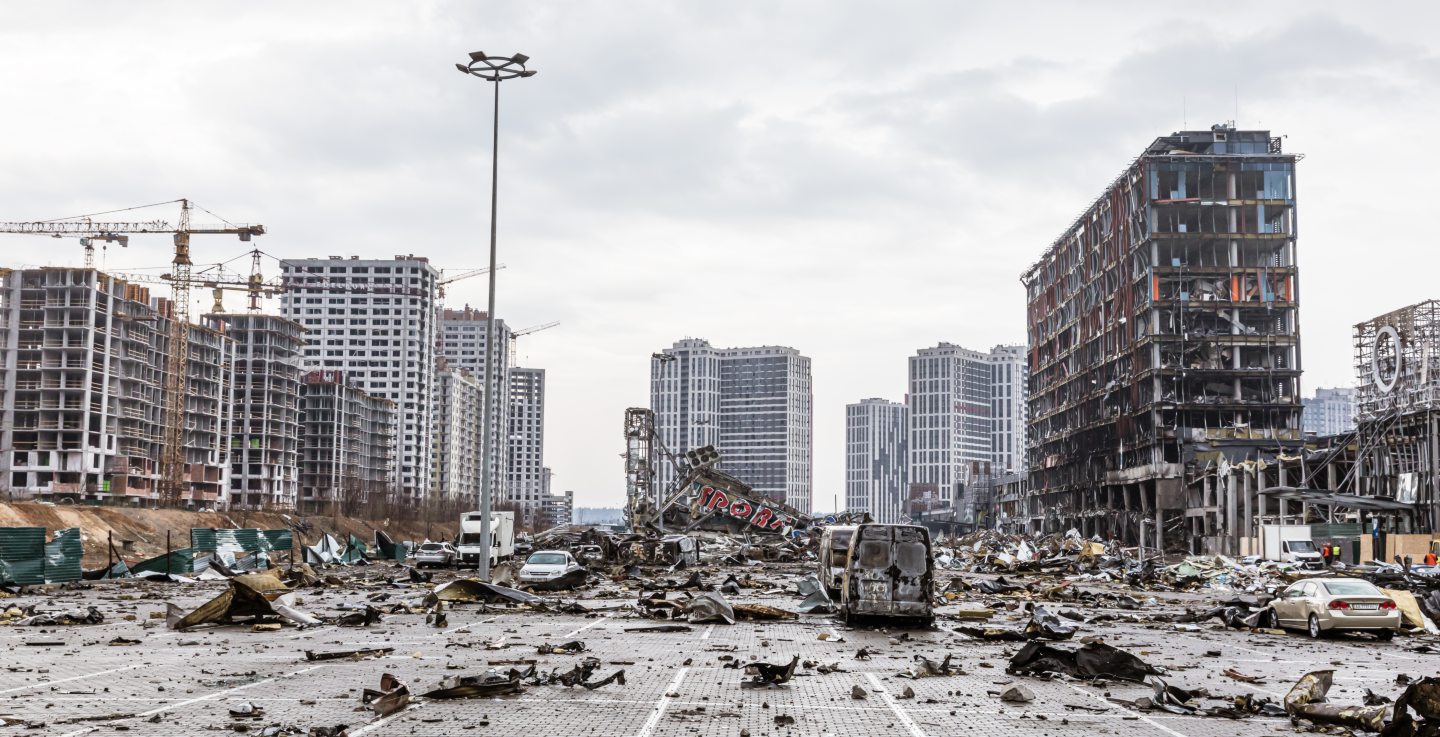Twenty-five years ago this month, the United Kingdom joined the United States and 10 European countries to form Nato – the North Atlantic Treaty Organisation.
The move followed concern about the Soviet Union’s plans to expand communism throughout the world, and through Europe in particular.
Just a year previously, the democratically elected government of Czechoslovakia had been overthrown in a communist coup d’état, and Berlin had been blockaded by the Soviets. The Western powers decided something had to be done to prevent further Soviet expansion, a move backed by US President Harry S Truman, and British Foreign Secretary Ernest Bevin, who was one of the main driving forces behind the creation of the alliance.
Since its establishment, Nato has grown and now comprises 32 (mostly European) nations. Its existence has created problems in the past for those in favour of Scottish independence. Would an independent Scotland wish to become a member of the alliance, or would it, like Ireland, with its long-standing policy of military neutrality, stand aloof from such an organisation?
For many years, SNP policy was that an independent Scotland would not join Nato. However, this policy was divisive and, during a memorable session at the party’s 2012 national conference, was overturned, in what many of us who were in the hall consider to be the finest debate the SNP has ever held.
The change in policy was supported by Alex Salmond and the party leadership, though the result was opposed by the youth wing of the party, who have, however, now changed their view and support the Nato stance.
What is interesting, though, is that the vote in 2012 appeared to be in the balance, until an intervention by Kenny MacAskill, who made a barnstorming speech which many believe swayed the vote the way of the party leadership. Of course, Mr MacAskill is now a prominent member of Alex Salmond’s Alba Party. And where does Alba stand on Nato membership? It is firmly opposed. Both Messrs MacAskill and Salmond, having supported Nato in the SNP, now oppose it in Alba.
Not all Nato countries allow nuclear weapons on their territory
Critics point out that the SNP is opposed to nuclear weapons, yet now wants to join a military alliance dependent on a nuclear deterrent. The party has also had a long-standing policy of campaigning against UK nuclear weapons being based in Scotland, on the Clyde.
Of course, not all Nato countries allow nuclear weapons on their territory. Only the United States, the United Kingdom and France have their own nuclear weapons. In addition, the US has nuclear weapon facilities in just five other Nato countries – Belgium, Germany, Italy, the Netherlands and Turkey – comprising in total, it is believed, around 100 nuclear warheads.
Scotland has a ‘get-out’ loophole if we were ever to be in a position to join the alliance
So, the majority of the 32 Nato-aligned countries do not have nuclear weapons based in their territory. That allows Scotland a “get-out” loophole if we were ever to be in a position to join the alliance.
Support for Nato’s nuclear-based defence strategy has been enhanced by the current Russian attack on Ukraine. While President Putin has been only too happy to make veiled reference and threats of using nuclear weapons if the West were to join in the conflict, the very fact that Nato has at least the equivalent nuclear capability as Russia will hopefully act as a deterrent to their use.
What would the post-independence political landscape look like?
Following the end of the Cold War, relations between Nato and Russia had thawed to an extent, with Russia joining the North Atlantic Cooperation Council in 1991, then the Euro-Atlantic Partnership Council in 1997. However, these promising moves were interrupted over differences during the Kosovo crisis, improved again for a time, then deteriorated completely following the Ukraine invasion.
Any discussion of Scotland’s role in the alliance is purely hypothetical, of course, as potential independence for Scotland currently appears a long way off. And, in any case, who knows what the make-up of an independent Scottish parliament might look like? Voters may consider that having won independence, the SNP had done its job, and the parliament could be Labour dominated.
And remember that the power behind the establishment of Nato was Ernest Bevin, a Labour minister. An independent Scotland might well join Nato no matter what the SNP or Alba believe today.
Campbell Gunn is a retired political editor who served as special adviser to two first ministers of Scotland, and a Munro compleatist



Conversation